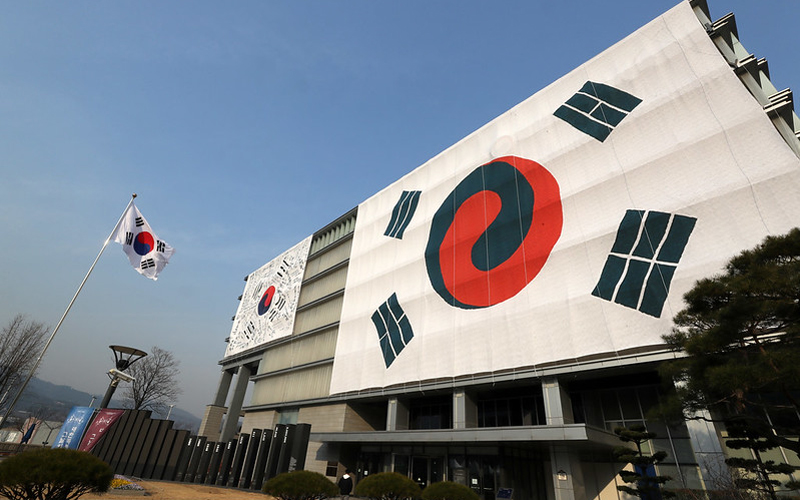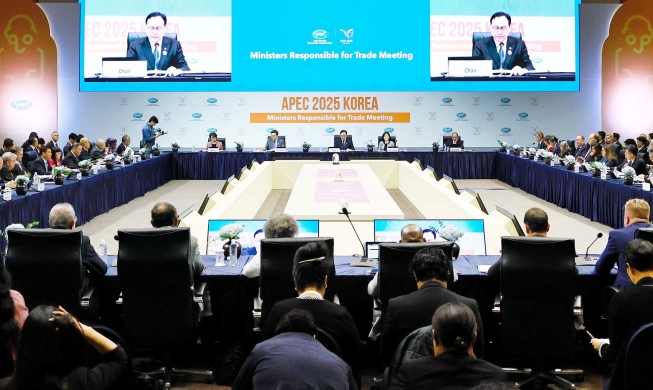- 한국어
- English
- 日本語
- 中文
- العربية
- Español
- Français
- Deutsch
- Pусский
- Tiếng Việt
- Indonesian
By Honorary Reporter John Paul Vergonia from Philippines

1919 was a significant year in both Korea and the Philippines as both nations fought for independence from colonial rule. So what were key events that allowed the two countries to achieve liberation? This is my brief look back at the independence movements of both countries in the 20th century.
March First Independence Movement
During Japanese colonial rule of Korea, the March First Independence Movement of 1919 broke out as the earliest demonstration of non-violent resistance by Koreans against the Japanese colonial government. Influenced by U.S. President Woodrow Wilson's "Fourteen Points" speech, especially his principle of self-determination, Koreans students in Tokyo demanded their motherland's liberation from Japanese colonial rule in a public statement. This was followed by another ambitious campaign that led to the formal declaration of the movement.
On March 1, 1919, Koreans declared their independence from Japan in seven Korean cities. Thirty-three activists led and signed a declaration of independence to launch a peaceful movement in Seoul. The declaration was printed on Feb. 27, 1919, and reproduced for distribution at schools and churches the day before the movement.
It was read aloud in public by many Koreans daily to massive crowds at designated places nationwide, with many in the streets marching with handmade national flags and shouting "Manse (Long live Korean independence)!" About two million Koreans participated in more than 1,500 demonstrations, with several thousand arrested and executed. The movement started out as peaceful but the Japanese began using violence on participants as they swelled in number.
Though liberation of the Korean Peninsula would not come until 1945, the movement paved the way for both a national independence campaign and the establishment in April 1919 of the Provisional Government of the Republic of Korea in China.
On May 24, 1949, Korea designated March 1 a national holiday to commemorate the historic movement.
Philippine Revolution
In the Philippines, revolutionary Emilio Aguinaldo issued the Philippine Declaration of Independence on June 5, 1898, and proclaimed June 12 as his country's day of independence. The U.S., which had taken over the archipelago from April 1898 after winning the Spanish-American War, did not recognize the declaration and the Philippine Revolutionary Government rejected the treaty between the U.S. and Spain granting the former sovereignty over the Philippines. These events triggered the Philippine–American War that the U.S. won.
The Japanese took over the archipelago during World War II but a combined American-Philippine force eventually freed the archipelago from Japanese rule. In 1946, the Philippines was finally recognized as an independent nation.
The Philippines used to observe Independence Day on July 4 but this was changed to June 12. July 4 in the Philippines is now Republic Day.
Lessons learned
Despite enduring decades of atrocities, Koreans and Filipinos have stood up with great vigor to pursue freedom and liberty under the same vision to achieve self-determination and independence. I believe that independence is what makes a country, so Koreans and Filipinos must do their best to preserve the legacy of their ancestors and be good citizens.
In remembering these significant events, we need to continue protecting freedom, liberty and the peace we have today. Many other countries have been inspired by these non-violent independence movements, and thus the examples of Korea and the Philippines can keep inspiring others.
chaey0726@korea.kr
*This article is written by a Korea.net Honorary Reporter. Our group of Honorary Reporters are from all around the world, and they share with Korea.net their love and passion for all things Korean
